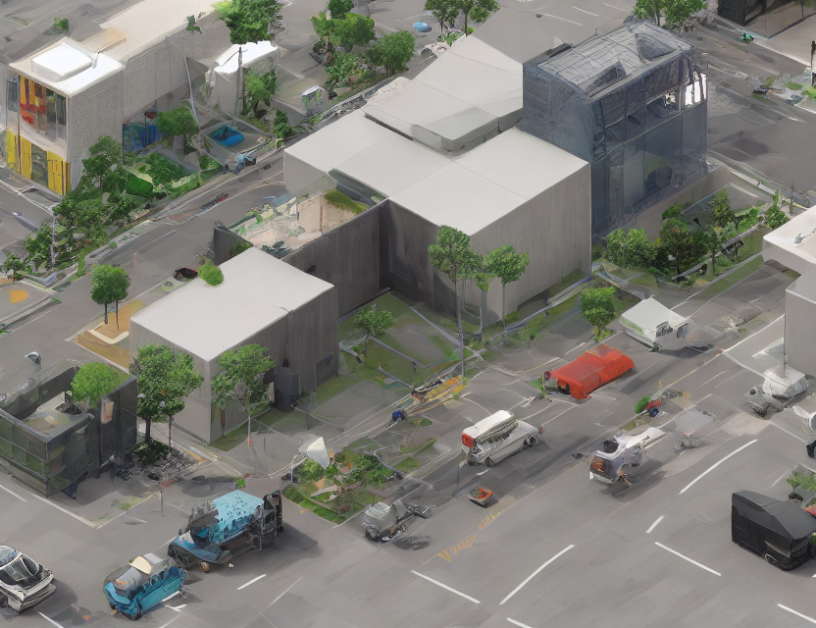Methods for Improving Object Detection in Computer Vision
Object detection is a fundamental task in computer vision that involves locating and classifying objects within an image or video. The field has seen significant advancements in recent years, with the emergence of deep learning-based methods showing promising results. In this article, we will delve into some of the state-of-the-art methods for improving object detection, including Faster R-CNN, SSD, ResNet, and DETR.
Faster R-CNN
Faster R-CNN is a popular deep learning architecture that combines region proposal networks (RPNs) with convolutional neural networks (CNNs). The RPN generates high-quality proposals, which are then fed into the CNN for classification and refinement. Faster R-CNN won the top prize at the ImageNet Large Scale Visual Recognition Challenge (ILSVRC) in 2015 and has since been widely adopted in various computer vision applications.
SSD
SSDarknet is another influential method for object detection, which replaces the RPN with a single neural network that directly produces class probabilities for each pixel. SSD achieves competitive performance while requiring fewer parameters and computations compared to Faster R-CNN. The simplicity of SSD makes it an attractive choice for real-time applications where speed and accuracy are crucial.
ResNet
Residual Networks (ResNets) are a type of neural network architecture that has shown great success in image classification tasks. ResNet can be used as the backbone for object detection by converting the output into a feature pyramid. This allows the network to learn features at multiple scales, which improves object detection accuracy.
DETR
Deformable Detection Transformer (DETR) is a recent advancement in object detection that utilizes the transformer architecture to generate bounding boxes with improved accuracy. Unlike traditional detectors that rely on anchor boxes, DETR generates bounding boxes by predicting the location and size of objects directly. This approach enables DETR to achieve state-of-the-art performance without relying on complex post-processing techniques.
Conclusion
In conclusion, object detection is a rapidly evolving field in computer vision, with numerous methods vying for superiority. Faster R-CNN, SSD, ResNet, and DETR are some of the most prominent approaches, each offering unique advantages and trade-offs. By understanding these techniques and their applications, researchers and practitioners can better appreciate the complexities of object detection and develop more sophisticated algorithms to meet the demands of various computer vision tasks.



